Why is there a lot of noise when listening to AM on my Panasonic SA-BX500 Receiver?
- PPaul CollinsSep 10, 2025
If you are experiencing a lot of noise when listening to AM on your Panasonic Receiver, try changing the BEAT PROOF mode.
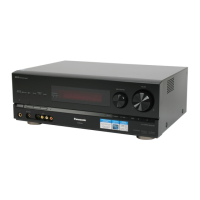
Why is there a lot of noise when listening to AM on my Panasonic SA-BX500 Receiver?
If you are experiencing a lot of noise when listening to AM on your Panasonic Receiver, try changing the BEAT PROOF mode.
| Channels | 5.1 |
|---|---|
| HDMI Inputs | 4 |
| HDMI Outputs | 1 |
| Dolby Atmos | Yes |
| Bluetooth | Yes |
| Type | AV Receiver |
| Frequency Response | 20 Hz - 20 kHz |
| Input Sensitivity | 200 mV |
| Signal-to-Noise Ratio | 98 dB |
| Speaker Impedance | 6 - 16 ohms |
| Dimensions | 430 x 151 x 319 mm |
| Power Output | 100 W per channel (6 ohms, 1 kHz, 1% THD) |
Critical warnings for fire, shock, and product damage.
Comprehensive list of safety guidelines for unit operation.
Equipment compliance with FCC rules for interference.
Highlights the ease of automatic speaker adjustment.
Identifies and locates all input/output terminals on the rear.
Details the buttons and their functions on the remote.
Guidance on optimal speaker positioning for sound quality.
Instructions for connecting speakers to the unit.
Steps to connect TV and Blu-ray/DVD players.
How to watch TV or DVDs with surround sound.
Explains distance measurement for optimal sound.
Specific placement advice for speaker types.
Guidelines for rear and bass speaker positioning.
Instructions on connecting speaker wires to terminals.
How to configure impedance settings for speakers.
Connecting rear and back surround speakers.
Connecting the powered subwoofer.
Steps for connecting HDMI-compatible devices.
Details on Deep Color and High Speed HDMI capabilities.
Procedure to confirm all speakers are functioning correctly.
How to power the unit on and put it into standby.
Switching between connected devices like TV and DVD player.
How to control the audio volume.
Types of HDMI cables and recommendations.
Steps to take before starting the automated setup.
Step-by-step guide to running the setup process.
Explains what the unit automatically adjusts.
Common error messages and their solutions.
How to turn the unit on and off.
Switching between connected audio/video devices.
Basic playback commands and volume adjustment.
Fine-tuning the volume for each speaker.
Modifying the low and high frequency sound.
Manually configuring speaker size and placement distance.
Troubleshooting HDMI connection issues.
Addressing errors related to speaker detection and input sources.
Solutions for power and sound output problems.
Addressing sound quality issues and interruptions.
Troubleshooting dim displays and speaker detection failures.
Resolving problems with individual speakers or surround effects.
Solutions for AM noise and FM tuning issues.
Troubleshooting connectivity and remote control problems.

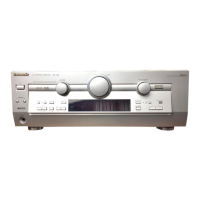

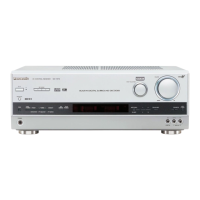
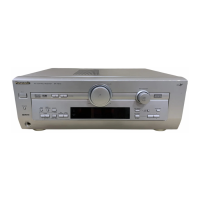
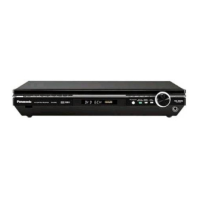
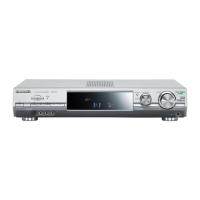
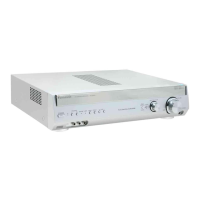
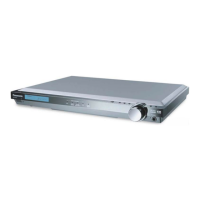

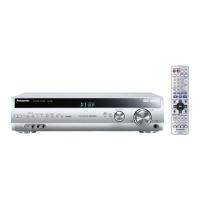
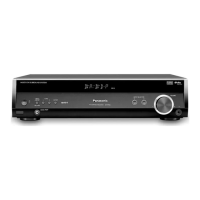
